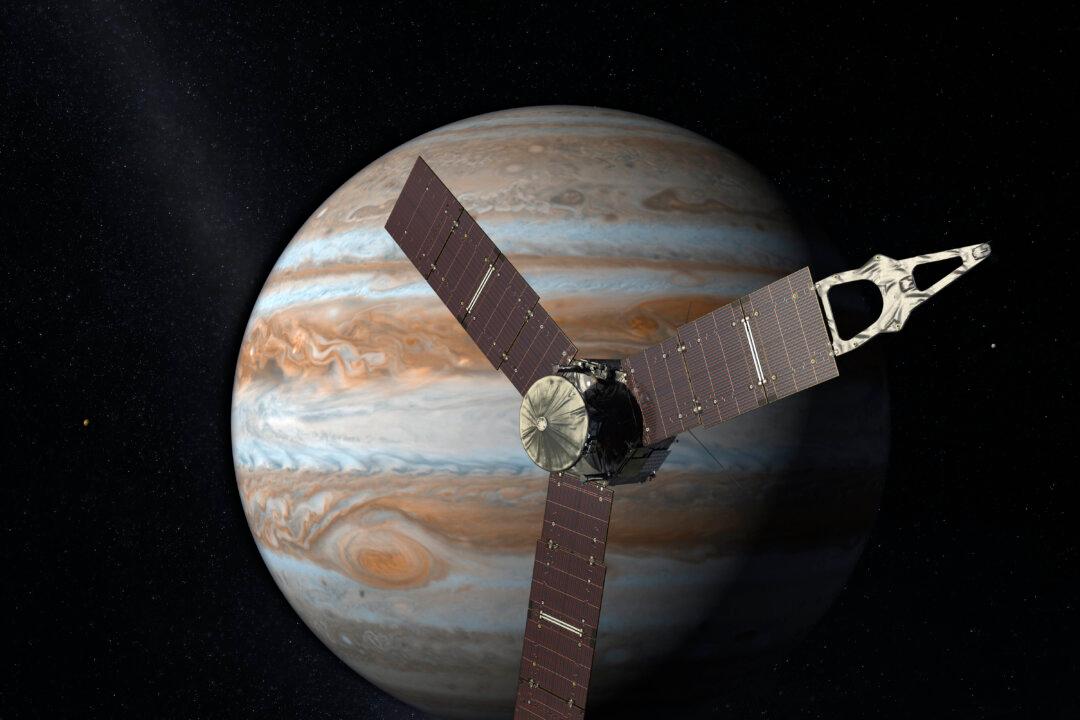An international team of astronomers from the University of Sydney, Australia, and the University of Hawaii Institute for Astronomy have discovered that a planet that was thought to have long ago disappeared actually still exists.
Using two Maunakea Observatories on Hawaii Island—W. M. Keck Observatory and Canada-France-Hawaii Telescope (CFHT)—the team of researchers, led by Marc Hon, a NASA Hubble Fellow at the University, found the Jupiter-like planet 8 UMi b, nicknamed Hala after the highest mountain in South Korea, is still very much alive.




